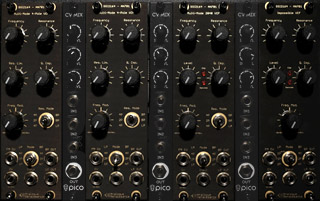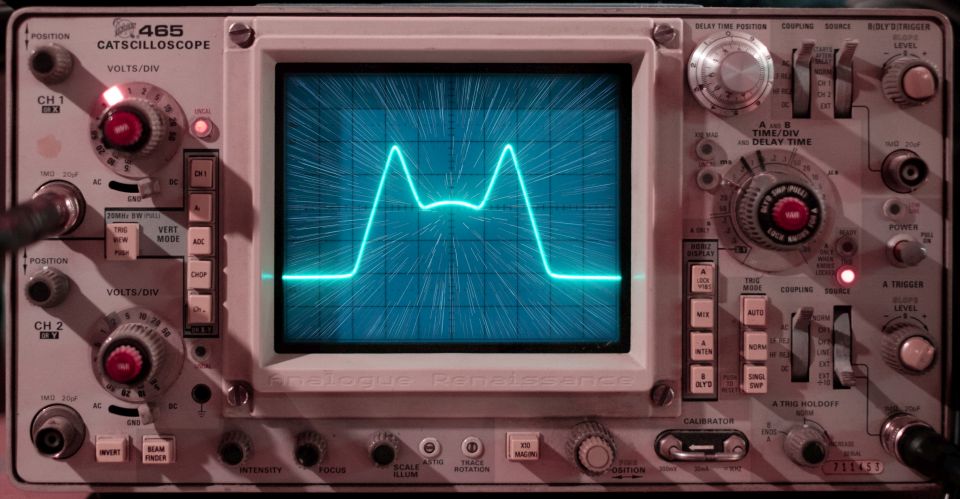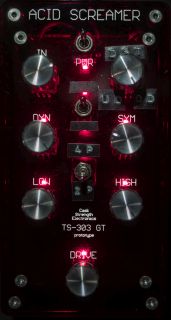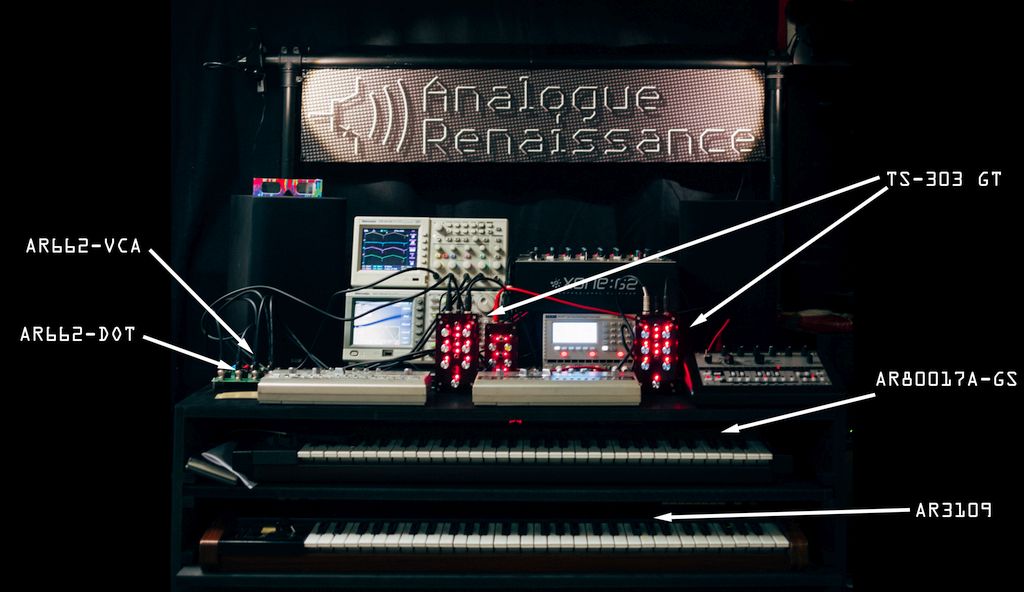The application note I wrote for Sound Semiconductor is online now. You can download it here: AN701: 'Designing Voltage Controlled Filters for Synthesizers with the SSI2164' Evaluation PCB panels that contain both electronics and a eurorack std front panel will be made available soon for several circuits in this application note. If you already want to try them out: The first prototypes (see below) I built while writing it will be at Synth DIY UK this weekend. Ask for Neil I have the next versions (see picture above) with me in a portable, battery powered, modular at a bunch of festivals across Europe. I'm in artist camp at O.Z.O.R.A festival in hungary and DJ Masa will use it live next Saturday on Ambys stage. Next stop Mo:dem festival in Croatia and then ZNA gathering in portugal. Do try to get hold of me if you want to play with em. Or mail me: moc.ecnassianereugolana@selas (Please enter this manually, copy-paste has been reversed to avoid spambots) if you're interested in them. However, I have no price yet and email access is troublesome while traveling. Upcomming SSI2164 VCF application noteA few months back I was hired by Sound Semiconductor (basically SSM risen from its ashes) to write an application note AN701: 'Designing Voltage Controlled Filters for Synthesizers with the SSI2164' for them. This job quickly escalated because while analyzing this IC's design, it became apparent that it is far more capable, due to its advanced design over its predecessor the SSM2164 (and its cheap knockoffs), than what I expected from reading the datasheet. Its exceptional THD and noise specs allow building ultra clean filters that are virtually distortion and noise free, its excellent channel tracking means that it is very suitable for multi-mode filters which rely on precision and inherent in its design is the same type of asymmetric distortion responsible for the legendary SSM2040’s sound and more. The 32-page manuscript is now being reviewed and edited to match their house-style, and should be made public soon. Imho it's quite extensive and covers next to SSI2164 specific content quite a bit of VCF design in general, circuit history and some novel stuff. As there are already more than enough datasheets, application notes and books filled with non-working (read: tested in spice) nonsense, I accepted this job on one condition: build, test and since it's about synthesizers, hear everything before writing about it. The small building blocks were breadboarded, but as this type of construction quickly becomes impractical for larger designs, certainly when they need multiple sources and control voltages, and impossible to do meaningful measurements on beyond a certain level, due to coupling and EMC issues, I built 3 filters in eurorack format, which also allows for quick connection to other synth and audio equipment. The first one, on the left, is an ultra-clean 4-pole VCF with a SNR better than 107dB (A-weighted) and THD is less than 0.0066%. Both these numbers are the limit of my current test equipment. The second one, in the middle, is a VCF that employs the SSI2164's SSM2040-like non-linearities and for the first time since the early 80's done monolithically. The 3rd one, on the right, expresses my contempt for what can and can't be done by ignoring a few mathematical constraints and is a self-oscillating 6dB/oct (1-pole slope) VCF. Math wasn't happy with this, so it sounds a bit angry and,   All 3 modules borrow 2 things from power electronics: A FET-bridge that allows plugging in the power cable in any orientation, without the voltage drop associated with diode bridges, and an S-Curve dimmer, originally intended for incandescent lamps but here used for a reversing attenuator with a dead zone in the middle. The first 2 are multi-mode and have next to the standard 4-pole output a few extra outputs: 2 & 4-pole band-pass and a 2-pole low-pass. All outputs have the exact same phase response and can be mixed to obtain variable slope filters. I'll bring these to Superbooth in one of these waldorf KB37 keyboards, with some basic VCO, LFO, ADSR and mixer modules for you to play with along with a printout of my manuscript and what is already edited (about 2/3rd) for publication. TS-303-GT: Morphing distortion 2nd prototypeMorphing distortion. The shape by which the waveforms are bent, can go seamless from distortion (hard clipping like the DS-1) to overdrive (soft bend the waveform outward like the TS-808) and also in the opposite direction to what I call underdrive (bend the waveform inward) and looks a bit like wave folding + anything in between. 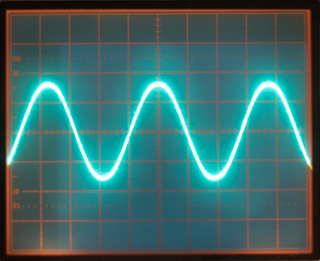  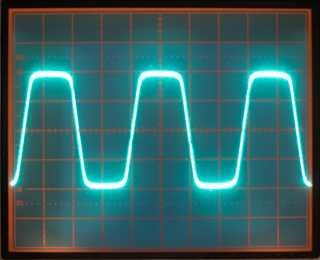  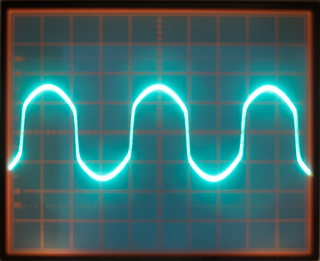    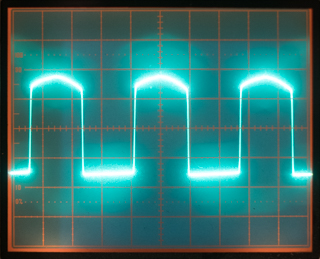  The shape can be seamlessly adjusted from perfect symmetric (like the OD-1) to assymetric (like the TS-808) and beyond: One side of the waveform being overdrive and the other distortion. This bending is frequency adjustable: You can select the part of the audio spectrum that is bent and the selectivity. This is somewhat related to a filter, but in this case it only affects the bent part of the signal and has interesting effects like isolating out the sequencer noise of a 303 or turning it into a bassdrum. This frequency selectivity is constructed around a SSI2164. Like the previous MK2 version, this one is capable of restoring the lost signal dynamics associated with overdrive and distortion effects. Contrary to the previous version, the whole design is done from the ground up with voltage control taken in mind and a full modular version is in the works with CV-control for all parameters. TS-303 GT Acid Screamer prototypeAnalog distortion for the TB-303 and pretty much everything else. Totaly bonkers circuit design with Vbe multipliers, Gyrator, Capacitance multiplier and Negative Impedance Converter in a feedback loop with ridiculously high gain. Features:
AR3109Replacement for the IR3109. Sounds and behaves exactly the same. It even does the distortion that happens in the MC-202 and SH-202 when you run them at low voltage or almost empty batteries. It's also DC-accurate. So, it also works in the portamento circuit of early Jupiter 4's. 2x1cm 6-layer pcb with plate capacitors to fit everything in the DIL-sized footprint of the original chip AR80017A-GSGravitaional Slingshot upgrade for the Juno-106 (and all other synths that use the 80017A hypbrid modules). It features a filter pushed far in the non-linear region and Q-compensation placed outside of the Resonance feedback loop. This lack of in-loop Q-compensation make the signal level in the filter vary with input signal and resonance amount, and the non-linearity causes the filter to self-modulate. Instead if one sharp frequency peak generated by resonance, you now have multiple. Less squelchy than the original voice chips, but a much richer texture in the lower regions. See the original as a young soprano and this gravitational slingshot as a old, well-trained, voice that has smoked a bit more and drank loads of whisky. AR662-DOT & AR662-VCAExact sounding and behaving replacements for the BA662 There is an entire mythology and cult around the BA662 and I'm still writing a forthcoming article "Fairies, Dragons and the BA662" that should explain a few things... And yes, I have it's design. Many so called "clones" have surfaced in the past years. From simply replacing it with another OTA, to an OTA with extra current mirrors, to a discrete copy of the LM13700 minus the buffer and linearizing transistors, claiming to be based on a document that simply does not exist. None of them are even close to the original one and all of them have problems. Some have minor ones, others have thermal runaway that can cause them to self-destruct or blow the power supply of the synth in which they are used.
Upcomming...
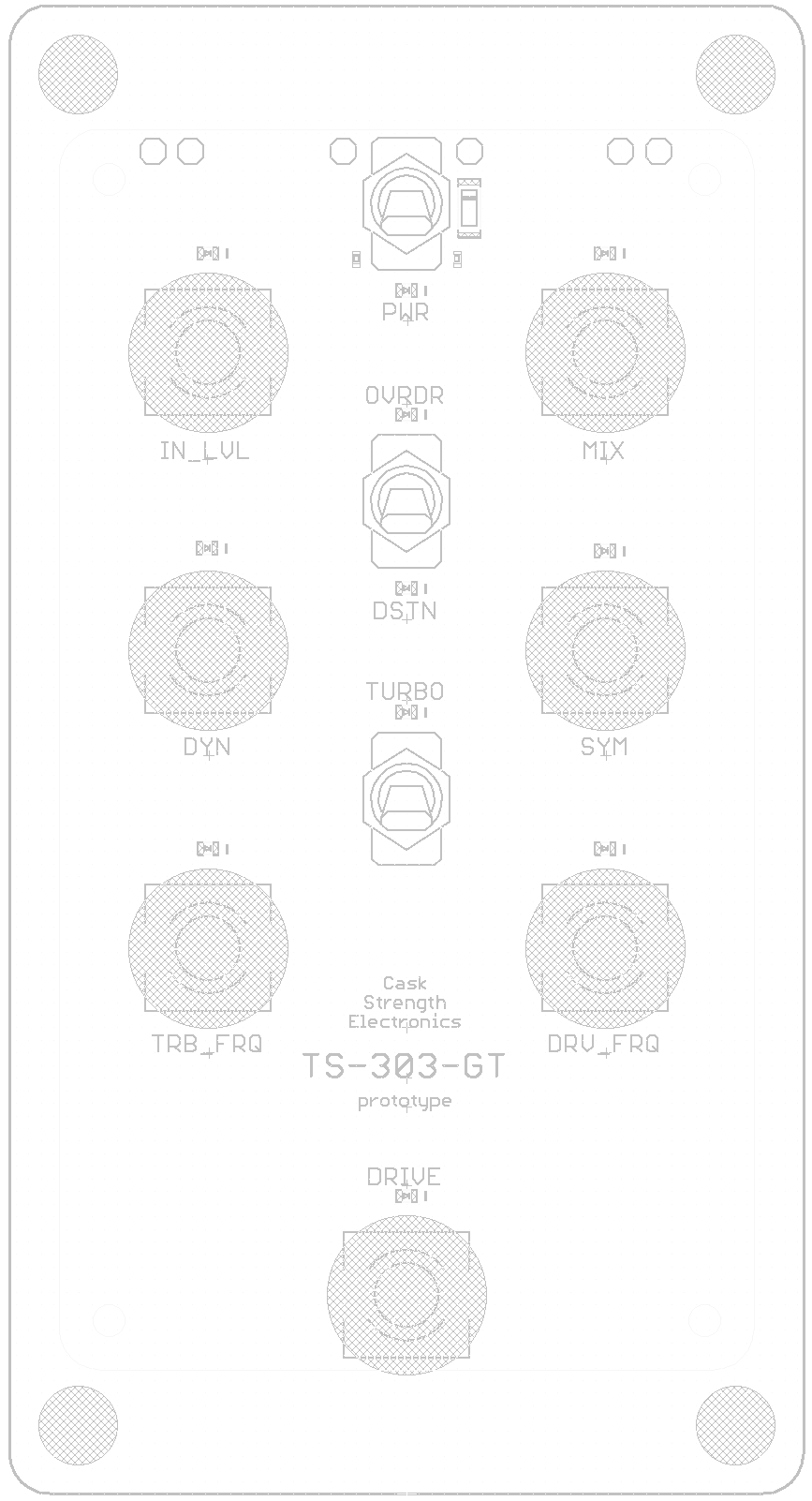  Copyright © Cask Strength Electronics 2025 |
